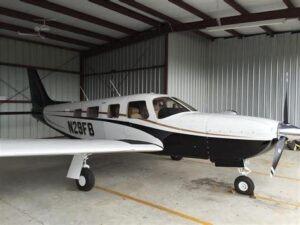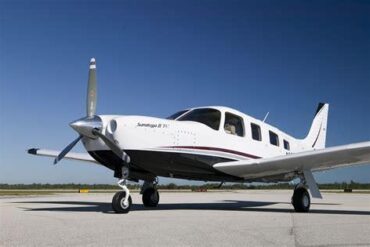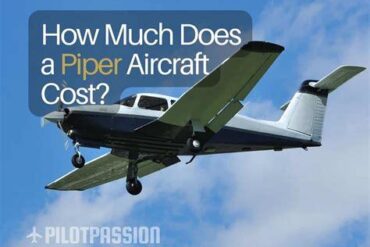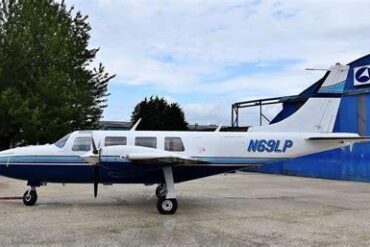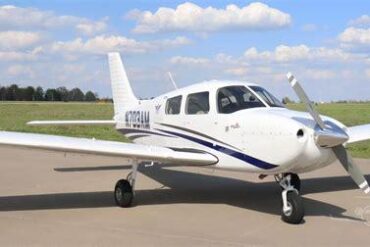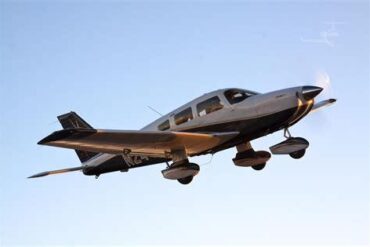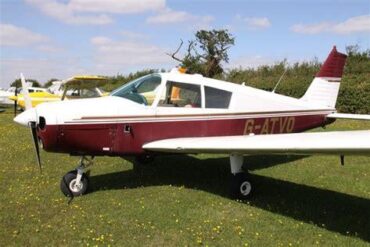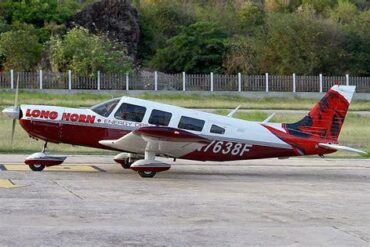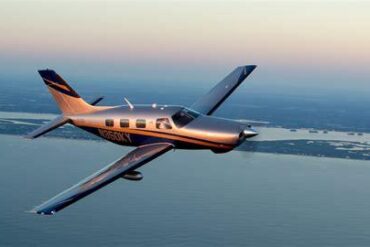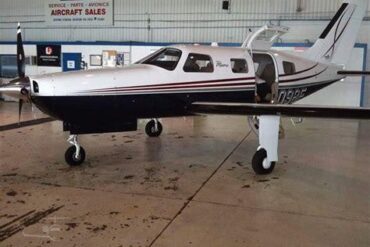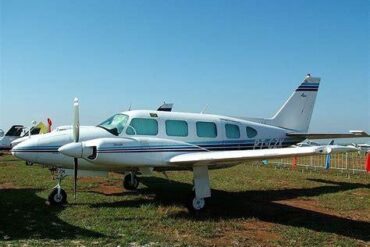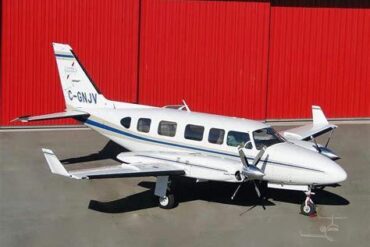The Piper Saratoga II HP is a remarkable aircraft that combines luxury, performance, and reliability. As a popular choice among both private owners and flight schools, understanding its price and operating costs is crucial for potential buyers and aviation enthusiasts alike. In this article, we will explore the various factors that contribute to the overall expenses associated with owning and operating a Piper Saratoga II HP, ensuring that prospective buyers are well-informed.
Overview of the Piper Saratoga II HP
The Piper Saratoga II HP is a single-engine, low-wing aircraft that seats up to six passengers. With its powerful Lycoming IO-540-U4B5 engine, the Saratoga II HP boasts an impressive maximum cruise speed of approximately 160 knots and a range of about 700 nautical miles. This aircraft is designed not only for performance but also for comfort, making it an ideal choice for long-distance travel and family outings.
Key Specifications
| Specification | Details |
|---|---|
| Engine | Lycoming IO-540-U4B5 |
| Maximum Cruise Speed | 160 knots |
| Range | 700 nautical miles |
| Seating Capacity | 6 passengers |
| Wingspan | 36 feet 8 inches |
| Length | 26 feet 10 inches |
| Height | 8 feet 6 inches |
| Maximum Takeoff Weight | 3,600 lbs |
| Fuel Capacity | 84 gallons |
Acquisition Cost of the Piper Saratoga II HP
The initial purchase price of a Piper Saratoga II HP varies significantly based on factors such as age, condition, modifications, and market demand. Typically, the acquisition cost ranges from $100,000 to $250,000. Below, we will break down the key components that influence the purchase price.
Factors Influencing the Purchase Price
-
Age and Condition: Newer models tend to command higher prices. A well-maintained used Saratoga II HP with a good maintenance history may also attract a premium price.
-
Avionics Upgrades: Aircraft equipped with the latest avionics and navigation systems will generally be priced higher. Glass cockpit installations or advanced autopilot systems can significantly affect the overall cost.
-
Interior and Exterior Modifications: Custom paint jobs, premium interior finishes, and additional features like air conditioning can increase the price.
-
Market Demand: Prices fluctuate with the aviation market. During times of high demand, prices may soar, whereas a buyer’s market may allow for better deals.
Operating Costs of the Piper Saratoga II HP
Once the aircraft is acquired, the next major consideration is the operating costs. Understanding these expenses is essential for budgeting and financial planning. The operating costs include fuel, maintenance, insurance, and other miscellaneous costs. Let’s explore each of these in detail.
Fuel Costs
The Piper Saratoga II HP has a fuel burn rate of approximately 13-15 gallons per hour during cruise flight. With the average price of avgas (100LL) fluctuating around $5.50 per gallon, fuel costs can add up quickly. Here’s a breakdown of estimated annual fuel costs based on flight hours:
| Flight Hours per Year | Average Fuel Burn (GPH) | Total Gallons Used | Estimated Annual Fuel Cost |
|---|---|---|---|
| 50 | 15 | 750 | $4,125 |
| 100 | 15 | 1,500 | $8,250 |
| 150 | 15 | 2,250 | $12,375 |
| 200 | 15 | 3,000 | $16,500 |
Maintenance Costs
Regular maintenance is critical for ensuring the safety and longevity of the Piper Saratoga II HP. Annual maintenance costs can range from $5,000 to $15,000, depending on various factors:
-
Scheduled Maintenance: The aircraft will require regular inspections, oil changes, and component replacements.
-
Unscheduled Repairs: Unexpected issues can arise, leading to additional costs. It’s wise to set aside a contingency fund for these expenses.
-
Parts and Labor: Costs can vary based on location and the availability of parts. Using OEM (Original Equipment Manufacturer) parts typically ensures quality but may be more expensive.
Insurance Costs
Insurance is another significant operating expense. The average insurance premium for a Piper Saratoga II HP ranges from $1,500 to $3,500 annually, influenced by factors such as:
-
Pilot Experience: Insurance costs are generally lower for experienced pilots with a strong safety record.
-
Coverage Options: Different levels of coverage (liability, hull, etc.) will affect premiums. Opting for higher deductibles can reduce costs.
Hangar and Storage Fees
Depending on the location, hangar fees can vary significantly. On average, expect to pay between $300 to $1,200 per month for hangar space. This expense is essential for protecting the aircraft from the elements and ensuring its longevity.
Miscellaneous Costs
Additional costs to consider include:
-
Flight Training: New owners may need to budget for training to gain familiarity with the aircraft.
-
Landing and Ramp Fees: Various airports charge fees for landing and parking the aircraft.
-
Navigation Services: Subscriptions for services such as ForeFlight or Garmin Pilot can add to operating costs.
Overall Financial Consideration
When evaluating the financial commitment of owning a Piper Saratoga II HP, it is crucial to consider both fixed and variable costs. A detailed annual budget can help owners stay informed about their expenses:
| Expense Category | Estimated Annual Cost |
|---|---|
| Fuel | $4,125 – $16,500 |
| Maintenance | $5,000 – $15,000 |
| Insurance | $1,500 – $3,500 |
| Hangar Fees | $3,600 – $14,400 |
| Miscellaneous | $2,000 – $5,000 |
| Total Annual Costs | $16,325 – $54,400 |
Conclusion
The Piper Saratoga II HP is a well-rounded aircraft that offers exceptional performance, comfort, and versatility. Understanding its acquisition cost and operating expenses is essential for potential buyers. By carefully considering the financial implications, owners can enjoy their flying experience while ensuring that they remain within budget. Investing in a Piper Saratoga II HP not only opens the door to countless adventures but also provides a solid value proposition in the world of general aviation.
